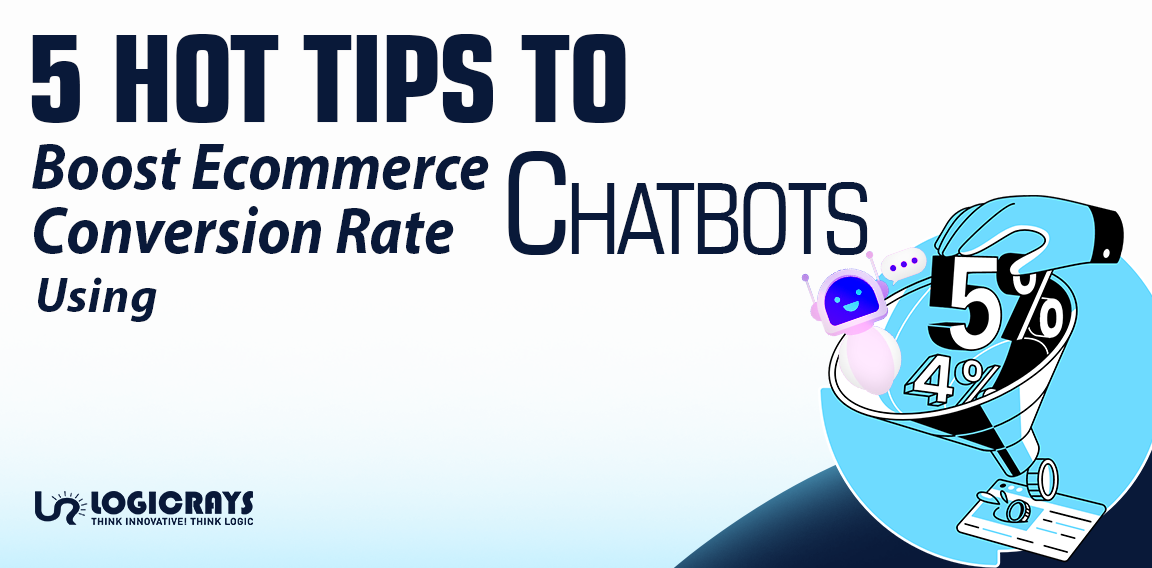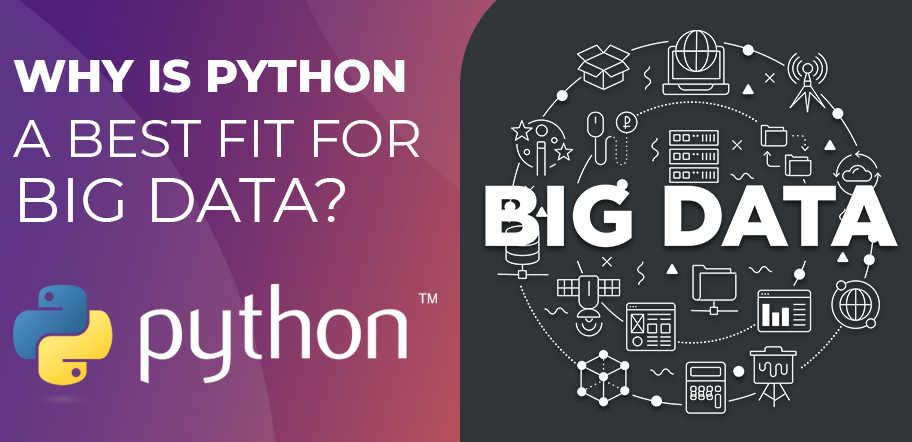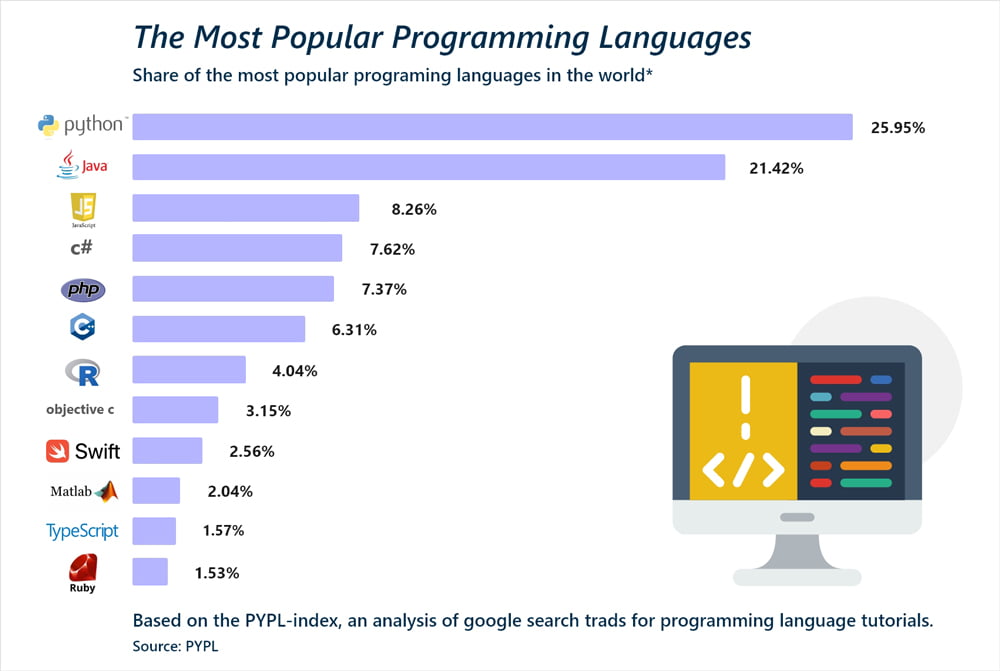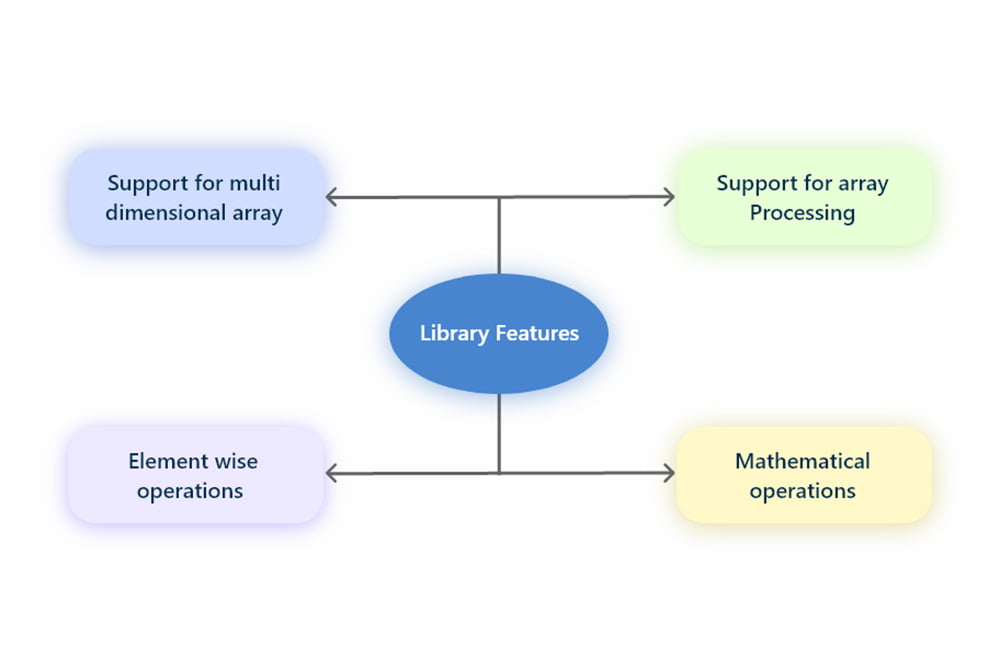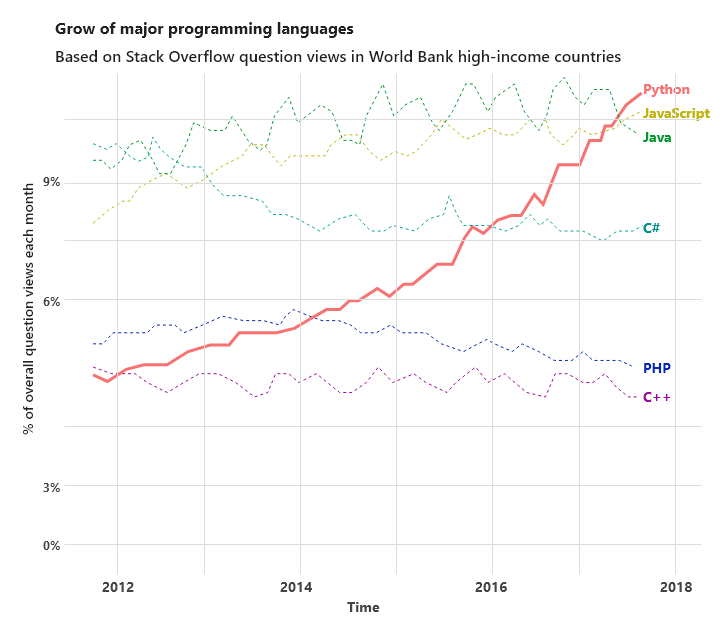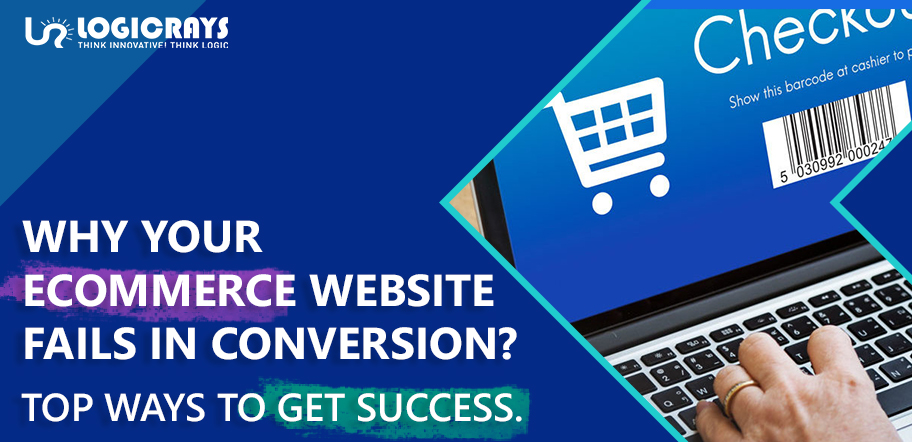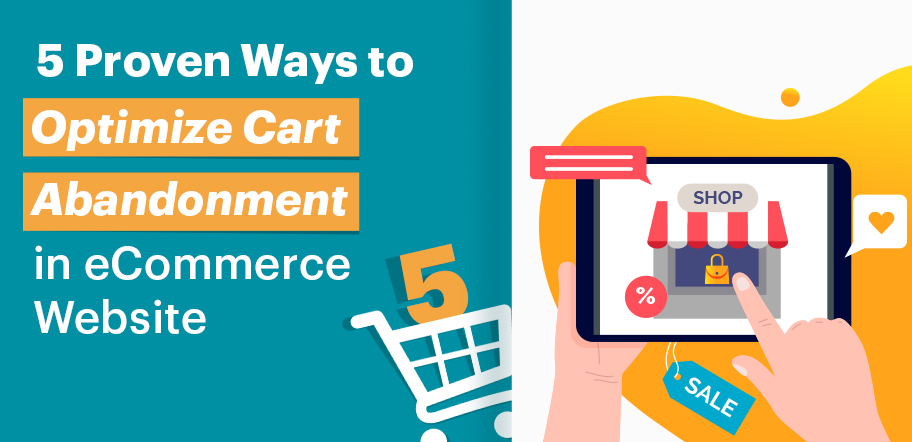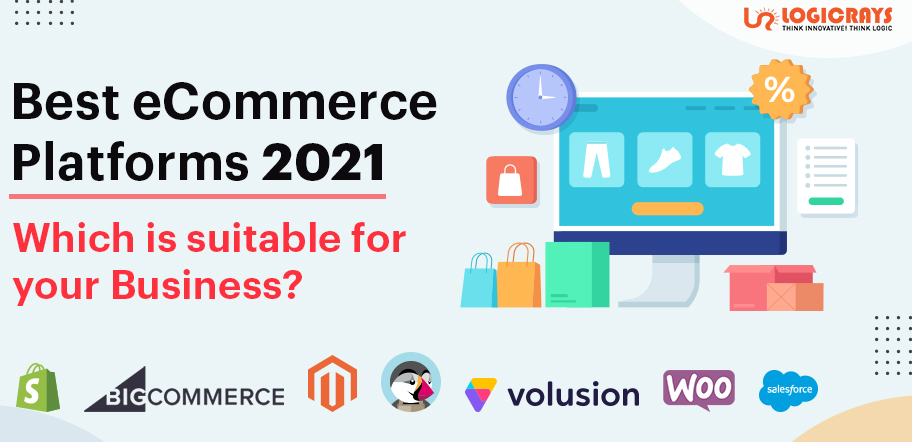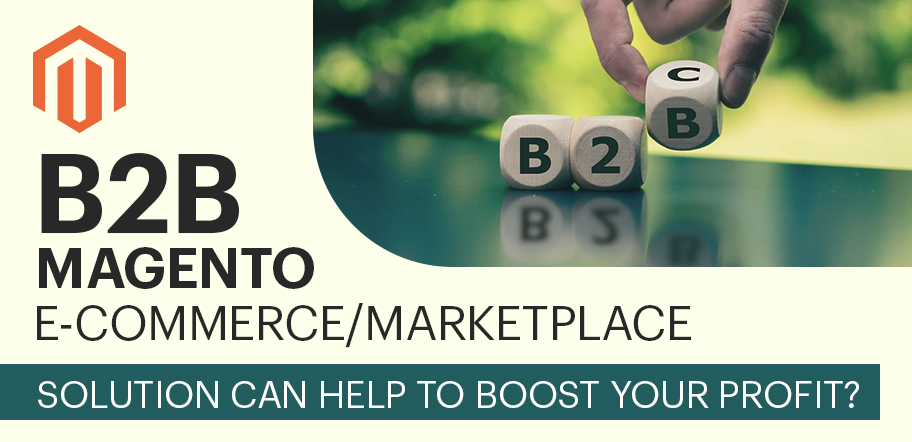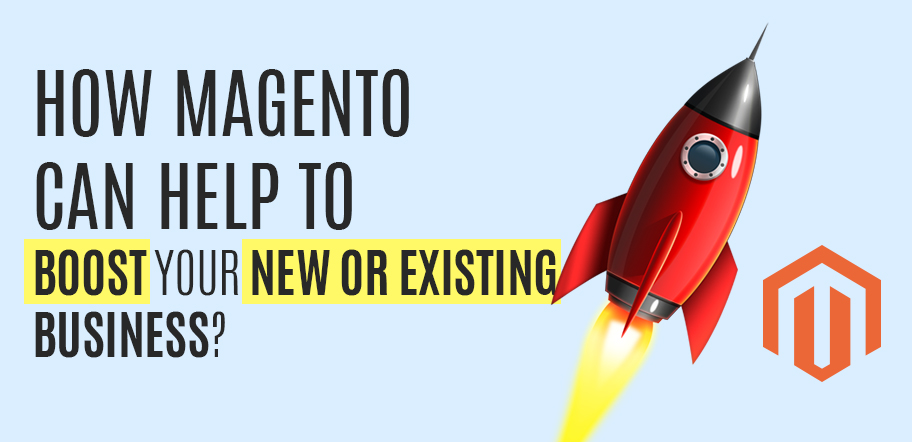Ecommerce chatbots are changing the world in the most easiest and efficient way. Whether you know it or not, unknowingly, you probably would’ve exchanged texts with the bot.
Well, we all have.
We are living in an era where you’ll find chatbots everywhere. Chatbots have become the most common feature in eCommerce, Healthcare, Media & Entertainment, SaaS Websites, Lead Generation, etc.
“Chatbots Represent A New Trend In How People Access Information, Make Decisions, And Communicate.- Christie Pits”
Customer service, payments, promotions, technical support, logistics, and market research are all part of the intricate network of operations that take place behind the scenes of every popular online shopping site.
Now, for generating sales and enhancing customer service, chatbots will almost probably be an element of every successful e-commerce business. According to Insider Intelligence, by 2024, consumer retail usage of chatbots will reach $142 from just $2.8 million in 2019.
Chatbots are automated bots communicating with clients via a chat interface and providing a comparable experience to conversing with an actual customer service representative. Now that every website has a chatbot, make sure that you make proper use of it because chatbot conversation is important and somehow it will affect your chatbot customer service. A chatbot is used for a variety of applications, but customer service is the most popular. But it’s important to note that not all online chatbots are the same. In general, there are two different types: rule-based bots and machine learning bots. Also, there are many benefits of chatbots in eCommerce that will astonish your very core.
But, first things first! You should understand the conversion rate and how you’ll calculate it.
Let’s Get Start
OR
How do you calculate the conversion rate for an eCommerce website?
You can either send a short customer satisfaction metric survey or compute the conversion rate in the following way to see if a firm is doing well:
The formula for Conversion Rates
You’re successfully recruiting and converting leads into paying clients if your conversion rate is high.
On the other hand, a poor conversion rate means many individuals visit the website but do not complete the desired actions. What happens after that?
After that, you must seek a remedy.
Where are customers getting stuck, and how are they interacting with your website?
Once you find your benchmarks, use this formula to compare or mean measure success.
However, it is essential to know your current conversion issues and understand the basics before knowing what you should test.
5 Chatbot solutions to improve eCommerce conversion rate.
If you’re struggling with inadequate lead generation and care about numbers, you need to try and engage customers more.
You should roll onto the 5 Chatbot solutions we prepared for you.
#1 Collect leads with a friendly talk
The mere act of visiting a landing page does not imply a high conversion rate. A potential buyer can call a company’s website multiple times per day and leave no trace as if they never existed. As a result, while website traffic implies a significant number of entries, it does not mean further benefits.
Even if you employ lead-generating forms to keep visitors from leaving, there’s a slim likelihood they’ll use them.
Promotional codes may be appealing to some, but they are utterly useless for others. What is the reason for this?
Because opt-in forms are filthily led with multiple options and a long sign-up procedure, let’s not kid ourselves; people have neither time nor inclination to wade through them.
The eCommerce Chatbot example uses a conversation-like filled form to collect leads in a significantly more natural and engaging way than typical static forms.
Visitors are not bombarded with lengthy requests but relatively brief messages, including only the bare minimum of material. Because chatbots are available 24 hours a day, they can collect leads at any time of day or night. As a result, your customer care department will be able to contact them the next day and follow up on their inquiry.
#2 Place FAQ in a quick and effective way
Did you know that a typical page visit takes between 10 and 20 seconds?
Why are you doing this so quickly?
It’s frequently due to a website’s poor design, which isn’t changed to assist users in finding what they came for. Because the functionality of a landing page is such an essential part of the process to increase brand awareness, it’s necessary to think about how easy it is to get information.
Answering the same old dull inquiries about prices, shipment, and return policy may bore any customer care professional to death, but deploying conversational bots to a website and letting them perform the work is more cost-effective and user-friendly.
Chatbots will either wait patiently for visitors to ask their questions or reach out to customers first and answer the most frequently requested questions. The visitors’ only task will be to click on one of the buttons providing a theme that interests them.
#3 Add a welcome message to greet visitors
When people visit the websites of streetwear businesses such as H&M or Zara, they may receive the unavoidable impression that both websites are identical — the appearance, price, and products are all so similar! So, how can they set themselves apart from the competition?
As the name implies, a welcome message is given to new visitors to a website to greet them. It frequently contains sentences like:
Hello there! It’s great to see you.
Hey there, pal!
[Company Name] would like to extend a warm welcome to you.
Hello there, [name].
Hi [name], it’s nice to see you back.
Welcome notes are a terrific way to start a conversation, make a positive first impression, and advance a relationship. You bring a human touch to the interaction by presenting the company to the visitor and instant assistance.
Additionally, chatbot platforms allow you to customize the welcome message, which means you may hand-pick the text, establish a time delay, and modify the language to the target audience’s place of residence.
#4 Pop some special offers to returning customers
Visitors to your website for the first time are unlikely to purchase your product or use your service. Most likely, they’ll just look around 45%, compare prices with competitors 25%, or browse for store data 10%, and then return to the store of their choosing once they’ve made up their minds.
So here’s the question: Will they come back to your store? And if they do, how far are you willing to go to keep them?
Consider the following scenario. This is where you take the total benefit of chatbot in eCommerce.
A visitor comes to your Shopify site, for example, to purchase an H&M Black Leather Jacket. However, after comparing costs with competitors, she abandons the transaction and exits the page. Then she hears a kind voice…
Ding, Dong!
It’s a Shopify chatbot asking if she needs any assistance. If she does, it’s a terrific chance to give her something unique and entice her to repurchase it at a discount.
You can use the “manage returning visitors” option to provide customized recommendations when you’ve established a relationship with clients. For that, a person should have Best Shopify Website Development to make the site efficient so that it does not lose returning customers.
So, this is how we improve our chatbot customer service and earn genuine chatbot conversations.
#5 Save abandoned carts and engaging customers
Cart abandonment is one of the main reasons why so many E-commerce stores have a low conversion rate. Thus, the cart abandonment rate is as high as 75% on average, and the most common causes for consumers not checking out are (according to Statista).
Products put in shopping baskets are an incredible incentive for customers to return to the E-commerce store’s website. Thus items “saved for later” appear to be harmless. On the other hand, people rapidly forget about the things purchased on the spur of the moment, resulting in an annual company loss of 2 to 4 trillion dollars.
So, what would happen if customers were reminded of a missed transaction by chatbots?
First, they’ll be more willing to review the things they’ve chosen, reconsider their choices, and finally decide whether they’re still interested in the goods.
Even if you don’t persuade people to buy, at the very least, you’ll get some feedback, which will assist you to lower the cart abandonment rate.
Why is it necessary to use a chatbot?
For organizations that wish to pay clients and make more sales, the conversion rate is critical. However, there are always things to think about before doing so. Thus, chatbots on a website could be beneficial.
They’ll assist businesses in generating qualified leads, keeping a consistent flow of new customers, and moving them through the sales funnel. Conversational bots include all of the desired qualities, so you don’t have to play hide and seek to figure out which way is best for your brand.
There are a lot of options with only one chatbot.
And, make sure that you use the best eCommerce chatbots because the quality matters.
A creative Chatbot for better understanding
Expert Magento developer at LogicRays Technologies crafted an astonishing Magento based Facebook chatbot where the bot works on your Facebook page. Moreover, this is the best eCommerce chatbot example to understand this in a better way.
This chatbot connects with Google Dialogflow with ngrok server. Thus, the data dynamically comes from the Magento database, where its setup is divided into parts like Webhook setup, Dialogflow Agent creation, Set fulfillments URL, and running the bot. Here are some of the screenshots of the bot that Expert Magento developers of LogicRays technologies crafted.
Here, have a look at some of the screenshots of the eCommerce chatbot example:
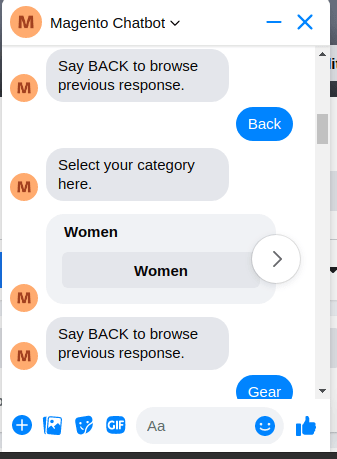
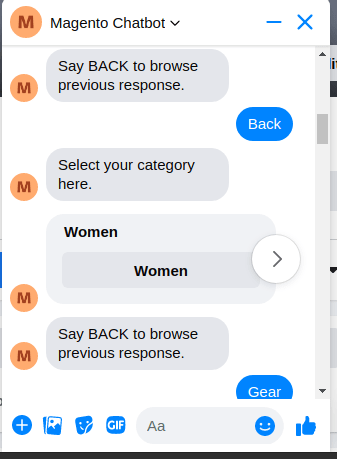
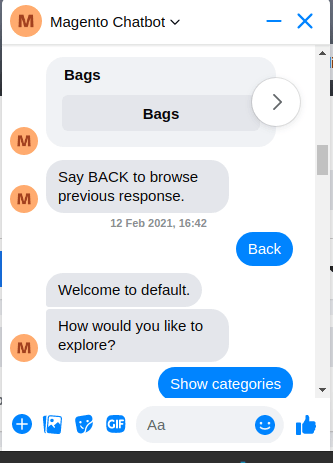
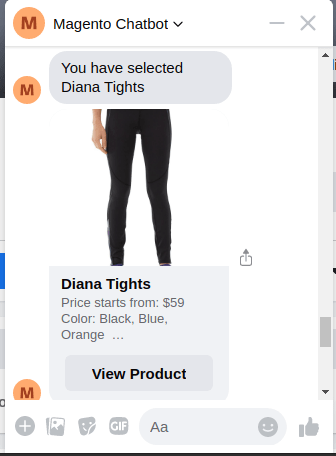
Wrapping Up!
When creativity is combined with simplicity in chatbots, your website will lead to conversion rates. Conversion rate is critical for any company that wants to acquire paying customers and increase sales consistently. It’s crucial to organize chatbots on websites. After that, Chatbot marketing can assist your company in generating real chatbot conversations for better chatbot customer service, Moving customers through the sales pipeline, and maintaining a steady supply of potential customers.
There’s no need to play hide and seek to figure out which strategy is best for your business. Because conversational chatbots will always combine all of these features, this is the case.
After this, you may see the benefit of chatbot in eCommerce and how it can help you boost your conversation rate with speed.
Your company may just have one chatbot, but it has a lot of options.
Also, if you have a Magento website and you’re looking forward to boosting your new business, you should check our article on “how to boost conversions in your business with the help of Magento?”. It will be beneficial for you.
Conversions are everything in business and the only thing that matters. Make your chatbot powerful by keeping these steps in mind and see the numbers increasing gradually.
